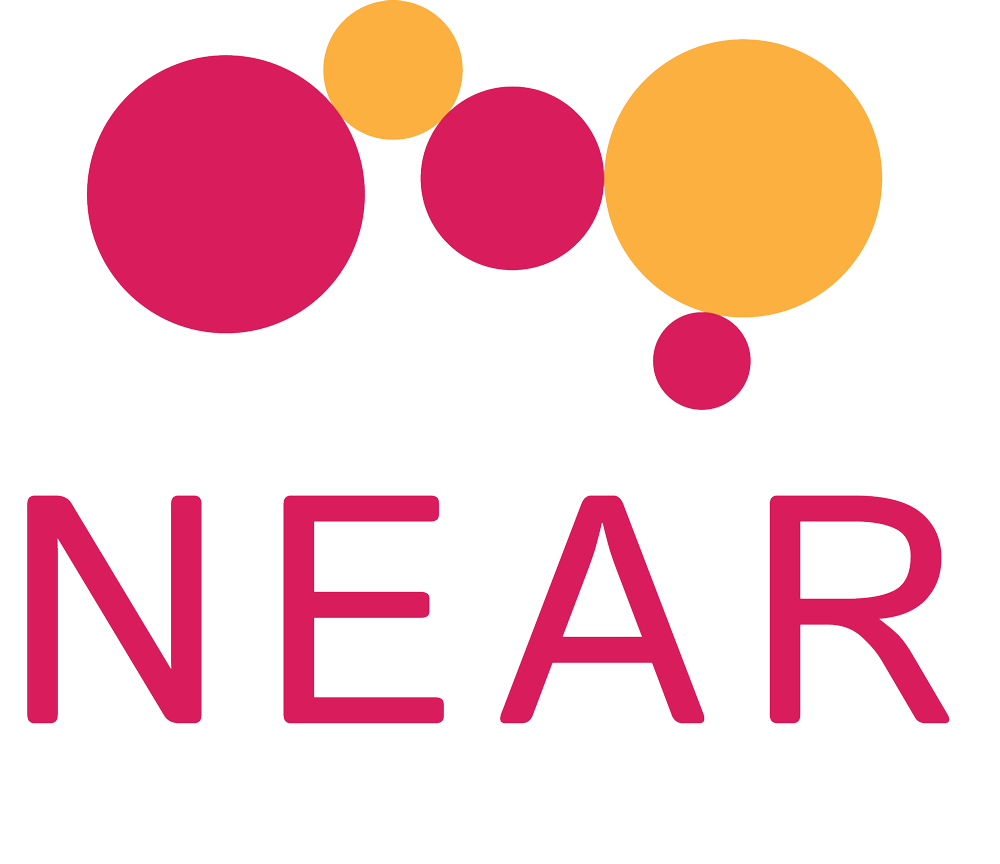** READ ENTIRE ARTICLE IN Alliance Magazine here **
By Clara Bosco, Anita Kattakuzhy and Gunjan Veda
Over the last couple of years, we have seen an unprecedented number of commitments by funders and philanthropists to support locally-led development, increase direct funding to local actors and promote a more enabling environment for civil society.
It has been six months since the Grand Bargain 3.0 commitments, one year since the adoption of the Donor Statement on Locally-Led Development, two years since United States Agency for International Development (USAID) Administrator’s announced localisation targets and two and a half from the Organisation for Economic Co-operation and Development Development Assistance Committee (OECD DAC) Recommendation on Enabling Civil Society. Now seems an opportune time to reflect on how these commitments are being translated into action. We believe the following elements are key to inform such an assessment and need to be prioritised moving forward:
Ensuring access and meaningful participation of diverse local actors in relevant policy spaces where decisions that impact them are being made. As thousands of local leaders reminded the USAID administrator in 2021, it is important to ensure that many, diverse, and truly local actors actively inform the frameworks, policies and solutions that will help operationalize the commitments.
Yet, marginalisation of local actors is still the norm in the United Nations and in international spaces discussing localisation and locally-led development policy. In a recent letter to international funders, over 1300 actors from the Majority World (typically referred as the Global South) denounced this and offered five practical suggestions around agenda setting, language, physical access, visibility and voice to better include local groups and networks.
Investing in existing locally-led spaces for engagement, dialogue and co-creation aimed at mobilising different actors (and funders). This will enable collaboration with civil society and communities on agreed priorities, identifying key outcomes that make most sense in each context (policies, investments, measures and mechanisms) and using the full range of levers available to them to achieve these.
